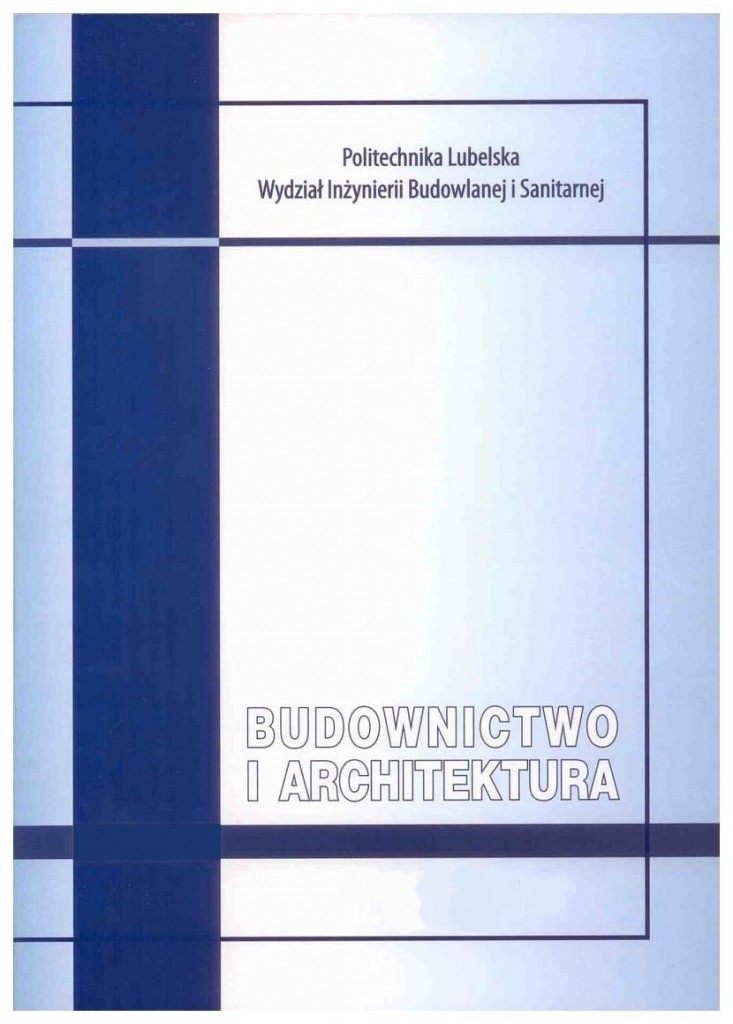Municipal gardens as the synergic element of the structure of selected towns of Lublin region
Municipal gardens as the synergic element of the structure of selected towns of Lublin region
Author(s): Kamila BoguszewskaSubject(s): Architecture, Geography, Regional studies, Environmental Geography
Published by: Biblioteka Politechniki Lubelskiej
Keywords: municipal park; garden architecture; the 19th/20th century; the Lublin region
Summary/Abstract: Planning of municipal gardens as the integral part of urban landscape in the Lublin region was typified by the activity of the outstanding garden planners: engineer Feliks Bieczyński and Walerian Kronenberg. This movement to create public, municipal green areas commenced in 19th century and continued with success during the inter-war period. This process took place in the big cities of Lublin, Zamość or Lubartów. Newly established public gardens were usually located on the outskirts of the city as for example, Park Saski (1837), Ogród Bronowicki (the Bronowicki Garden) - formerly called the Foksal Park in Lublin, or Park Miejski im. Jana Kanclerza Zamoyskiego (the Zamoyski Municipal Park - 1926) located in the former fortification area in Zamość. The situation in smaller cities such as Lubartów, Radzyń Podlaski (1755, planner: Jakub Fontana) and Kock (planner: Szymon Bogumił Zug) was slightly different. The former garden complex adjacent to the magnate residence served a key role in the urban structure of the settlement (thus, determining its development) was later adapted to the function of a municipal park.The article describes three selected garden complexes. The spatial relations of the parks in the context of their urban structure are analysed. The article takes into account their contemporary use and the state of preservation of their historic elements as presented in the original composition as presented in historic images and maps.Planning of municipal gardens as the integral part of urban landscape in the Lublin region was typified by the activity of the outstanding garden planners: engineer Feliks Bieczyński and Walerian Kronenberg. This movement to create public, municipal green areas commenced in 19th century and continued with success during the inter-war period. This process took place in the big cities of Lublin, Zamość or Lubartów. Newly established public gardens were usually located on the outskirts of the city as for example, Park Saski (1837), Ogród Bronowicki (the Bronowicki Garden) - formerly called the Foksal Park in Lublin, or Park Miejski im. Jana Kanclerza Zamoyskiego (the Zamoyski Municipal Park - 1926) located in the former fortification area in Zamość. The situation in smaller cities such as Lubartów, Radzyń Podlaski (1755, planner: Jakub Fontana) and Kock (planner: Szymon Bogumił Zug) was slightly different. The former garden complex adjacent to the magnate residence served a key role in the urban structure of the settlement (thus, determining its development) was later adapted to the function of a municipal park.The article describes three selected garden complexes. The spatial relations of the parks in the context of their urban structure are analysed. The article takes into account their contemporary use and the state of preservation of their historic elements as presented in the original composition as presented in historic images and maps.
Journal: Budownictwo i Architektura
- Issue Year: 18/2019
- Issue No: 2
- Page Range: 031-045
- Page Count: 15
- Language: English

